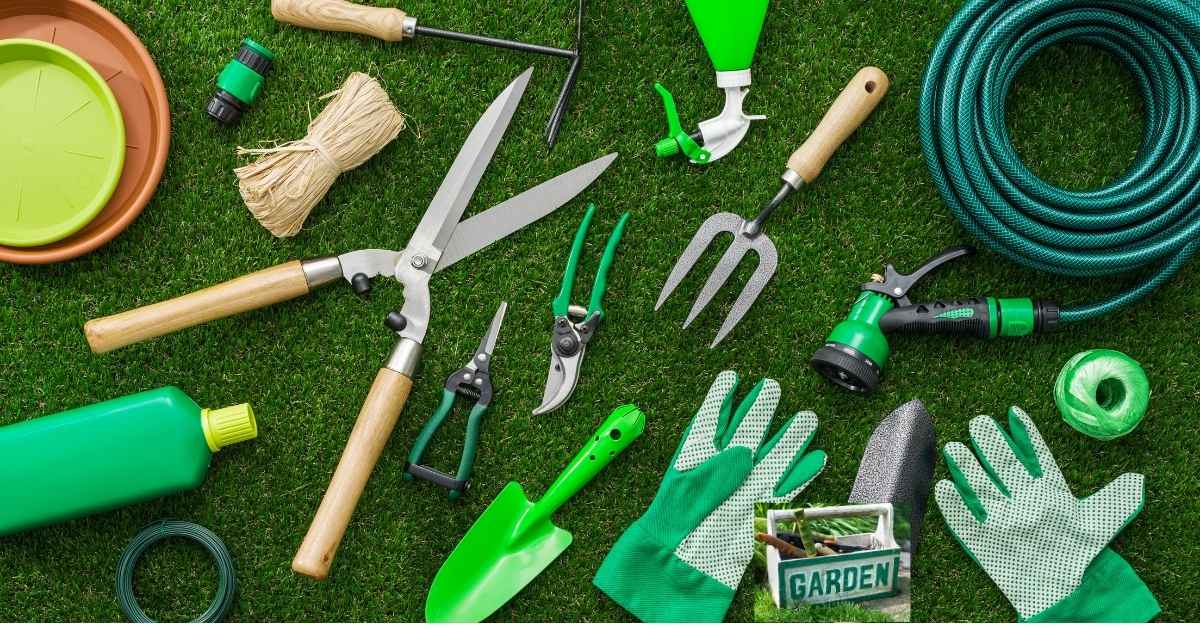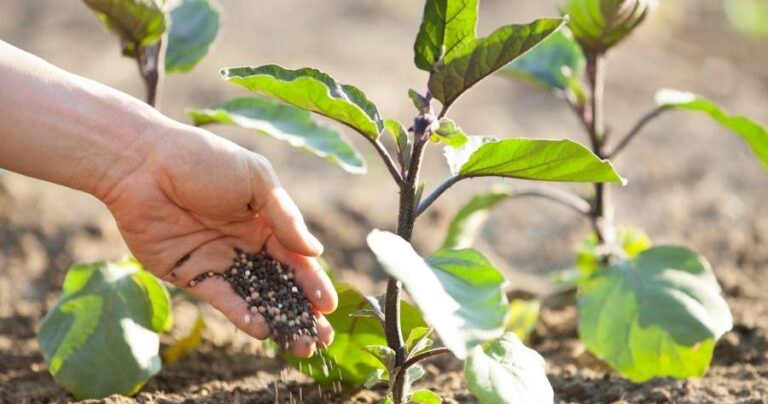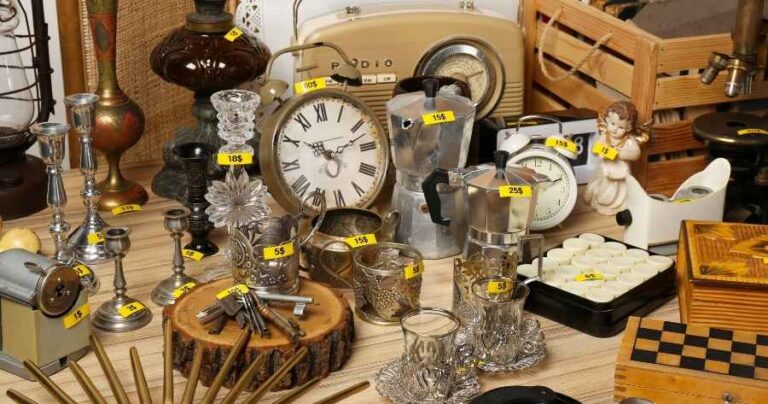
Starting your first garden can feel exciting and intimidating at the same time. You may have a dream of lush flowers, fresh vegetables, or a peaceful backyard retreat but without the right tools, gardening can quickly become frustrating.
Whether you’re growing in pots, raised beds, or open ground, having the right tools makes all the difference. The good news? You don’t need to buy everything in the store. In this guide, we’ll walk you through the most essential gardening tools every beginner must own, what they’re used for, and how to choose the right ones without breaking the bank.

1. Hand Trowel – Your Go-To Digging Tool
A hand trowel is like the Swiss Army knife of the garden. It’s small but mighty, perfect for digging small holes, transplanting seedlings, scooping soil, and even pulling weeds.
Tips for choosing a trowel:
- Look for one with a comfortable grip
- A stainless steel blade resists rust
- Avoid plastic, they snap easily under pressure
2. Garden Gloves – Don’t Skip This One
Never underestimate the importance of a good pair of gloves. Gardening without them can lead to cuts, thorns, blisters, and even skin infections.
Choose gloves that:
- Fit snugly but allow flexibility
- Are made of breathable fabric
- Have reinforced fingertips for digging
Keep an extra pair on hand in case one gets wet or torn.
3. Watering Can or Hose with Spray Nozzle
Plants need water but not too much, and not with full force. A good watering can with a removable spout or a garden hose with a spray nozzle gives you control over how much water you deliver and where.
Hose vs. Watering Can:
- Use a hose for larger areas or established plants
- Use a watering can for delicate seedlings or container plants
4. Hand Pruners – Trim and Shape Like a Pro
Hand pruners (or secateurs) are essential for cutting dead or overgrown stems, flowers, and small branches. Keeping your plants neatly trimmed helps them grow better and stay healthy.
Look for:
- Bypass-style blades for clean cuts
- A locking mechanism for safety
- Replaceable blades if possible
Don’t forget to clean them after each use to prevent spreading plant disease.
5. Garden Fork – For Breaking Soil and Turning Compost
This tool looks like a mini pitchfork and is perfect for loosening compacted soil, turning compost, or aerating garden beds. It helps roots grow better and prevents soil from becoming too hard.
Choose one with:
- Sturdy metal tines
- A comfortable wooden or rubberized grip
- Rust-resistant coating
6. Garden Hoe – The Weed Warrior
Weeds are your garden’s worst enemy. A garden hoe helps you remove them quickly and also works well for creating planting furrows or breaking up soil clumps.
There are many types (draw hoe, scuffle hoe, stirrup hoe), but for beginners:
- Draw hoes are great for basic digging
- Stirrup hoes work well for slicing weeds just below the soil surface
7. Rake – Not Just for Leaves
A rake isn’t just for autumn leaves. Use it to level your soil, remove stones, and clear plant debris. There are two main types:
- Leaf rake: Lightweight, good for surface cleanup
- Garden rake: Heavier, better for soil leveling
Use a garden rake before planting to create a smooth seedbed.
8. Garden Kneeler or Pad – Save Your Knees
Gardening often involves crouching or kneeling, which can be painful over time. A kneeler pad or foldable garden seat can prevent strain on your knees and back.
Some kneelers even double as stools, great for pruning or weeding without bending too much.
9. Wheelbarrow or Garden Cart – Move More, Work Less
Even in small gardens, a wheelbarrow makes transporting soil, mulch, compost, or plants much easier. It saves time and strain.
For small yards or balconies, consider a foldable cart or trug, they’re compact and easier to store.
10. Soil Knife (Hori Hori) – The All-in-One Tool
This Japanese-style garden knife can dig, cut, measure, and saw through tough roots. While optional, many gardeners swear by it.
It replaces the need for several separate tools and is especially helpful in tight planting areas.
11. Spray Bottle – For Seedlings or Houseplants
Not every plant needs a drenching. A simple spray bottle helps keep indoor plants, seedlings, or delicate flowers hydrated gently.
Add a drop of neem oil or organic insecticide to manage pests, too.
12. Plant Labels and Garden Markers
When you’re growing multiple varieties, it’s easy to forget what’s planted where. Use plant labels or popsicle sticks with waterproof ink to track your crops.
Don’t rely on memory, labels save you from confusion later.
Bonus: Starter Kit vs. Buying Tools Individually
Some stores offer beginner gardening tool kits, often with 5–10 basic tools in a carry case. These can be cost-effective but may lack durability.
If buying a kit:
- Read reviews
- Check material quality
- Avoid kits with mostly plastic tools
For serious long-term gardening, buying higher-quality tools individually is usually the better investment.
How Many Tools Do You Really Need?
Don’t overbuy. Here’s a minimalist starter pack for tight budgets or small spaces:
| Tool | Why It’s a Must |
|---|---|
| Hand Trowel | Planting and transplanting |
| Gloves | Protection |
| Pruners | Clean cuts, trimming |
| Watering Can | Essential hydration |
| Garden Fork | Loosens soil, removes weeds |
Start with these 5 and expand as your garden (and confidence) grows.
Mistakes Beginners Make When Buying Tools
- Buying cheap plastic tools that break quickly
- Ignoring ergonomics (especially for older gardeners)
- Not cleaning tools after use (they rust or spread disease)
- Forgetting to label plants
Focus on quality and build your toolset over time.
Conclusion
Gardening is one of the most rewarding hobbies you can take up but only if it’s set up for success. With the right basic tools, even beginners can enjoy a healthy, productive garden without frustration.
Don’t worry about getting everything at once. Start with 5–7 essentials, keep them clean, and treat your tools well. Over time, your toolkit and your green thumb will grow with you.
Frequently Asked Questions (FAQ)
1. What are the must-have gardening tools for beginners?
The essential gardening tools for beginners include:
- Hand trowel – for digging small holes and transplanting
- Pruning shears (pruners) – for cutting stems and branches
- Watering can or hose – to keep your plants hydrated
- Gardening gloves – to protect your hands
- Garden spade or shovel – for digging and turning soil
These basic tools cover most beginner gardening tasks and are a great starting point.
2. Should I buy all my gardening tools at once?
Not necessarily. It’s best to start with just a few essential tools and gradually expand your collection based on the size of your garden and the types of plants you’re growing. Focus on tools you’ll use regularly.
3. What’s the difference between a spade and a shovel?
A spade has a flat, straight edge and is ideal for slicing through soil and edging. A shovel has a curved blade, perfect for scooping and moving soil or mulch. Both are useful, but beginners can start with either based on need.
4. Are expensive gardening tools better?
Price doesn’t always equal quality. Many affordable tools are durable and effective. However, it’s smart to invest in high-quality pruners and gloves, as these are used frequently and directly affect comfort and performance.
5. How do I maintain my gardening tools?
Clean your tools after each use by rinsing off soil, drying them completely, and storing in a dry area. Sharpen blades like pruners occasionally and apply a light oil to prevent rust on metal parts. Well-maintained tools last longer and work better.
Related Articles:
Small Backyard Garden Layout Ideas That Are Both Beautiful and Functional
How To Start A Balcony Garden In A Small Space
10 Indoor Plants That Purify Air and Look Great




